JT Tollefson Reminisces BMX History by Box Components
JT Tollefson Reminisces BMX History by Box Components.
If you’re unfamiliar with who Jeff Tollefson is, keep reading. Jeff, better known as JT Tollefson, was a BMX racer and mentor. He started his BMX racing career when he got his 1974 Redline Squareback frame and fork. He was always a collector and had a basement full of vintage parts which led him to start JTFreestyle, his mini bike shop focused on new school parts while doing Freestyle shows. Beyond that, he strived to inspire the future generation of BMX riders starting with his own daughter, Jemma, also known as “Lil JT Tollefson”!
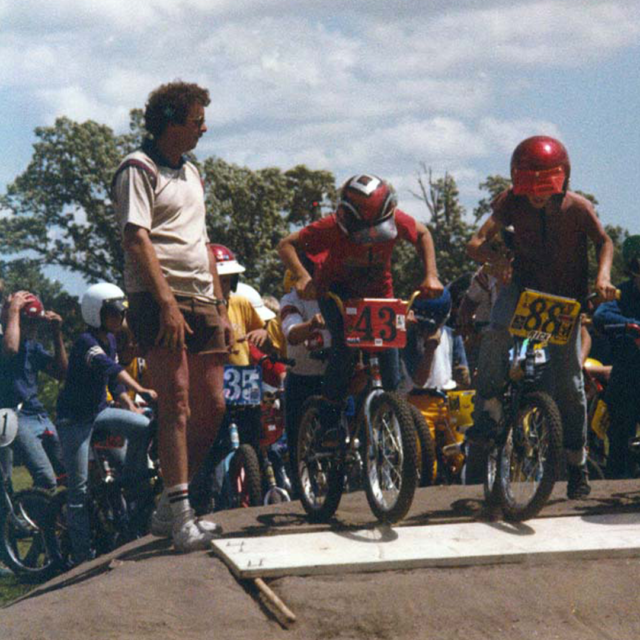
During an interview between Box and JT, he shared some fascinating facts about his earlier days. To start, he began racing before BMX became popular. One short year after he acquired his 1974 Redline Squareback, JT had his first race in 1975 but his first sanction race wasn’t until 1977. Why did JT start BMX racing in the first place? JT shared with Box that he was inspired by a movie called “On Any Sunday”. JT was influenced by 2 wheeled sports because he grew up around motocross and Harleys and thought it was cool to not have a motor but still ride in a similar fashion. Growing up, JT had limitations with getting parts. His mother was a single parent and couldn’t afford a motorcycle, so he got creative in order to pay for his own parts since he was 12 years old, built his own track behind his house, and got hooked by the excitement of it all.
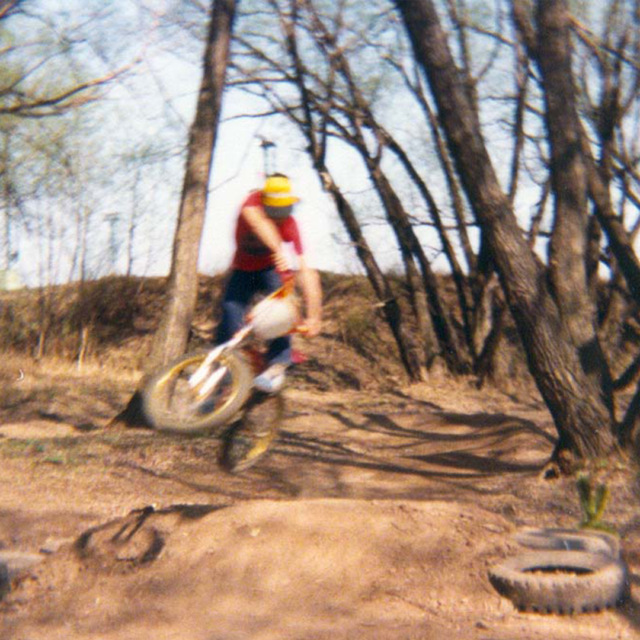
JT remembers his builds being very costly because unlike today, buying piece by piece was standard rather than a complete bike so it added up very quickly. His first true BMX Bike was called Holy Smokes “Cadillac of BMX bikes.” This was a fun and memorable project for JT because he had to figure out how to put the bike together and become the man of the house. Once his bike was assembled, he learned how to pop a wheelie, but instantly, his tire fell right off. He then realized he still had a lot to learn.
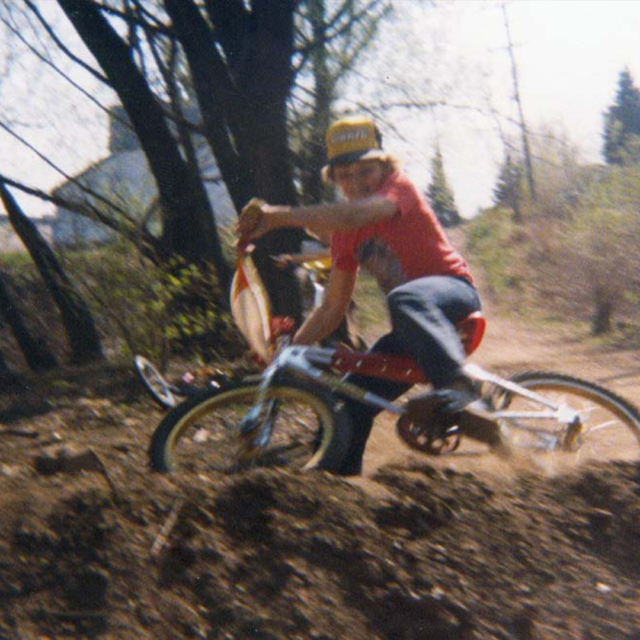
Growing up, JT recalls the struggles he had to go through from the ages of 3 to 22 years old! He had to travel at least 150 miles to get to the nearest track because they did not live near any. So, the majority of the time when he was not racing, his only means of practice was on his backyard track until he moved to California in 1989. One of the things he enjoyed most was recruiting kids and mentoring their racing goals. His shop team used to attend their mentees’ races and would share the joys of winning with them every time! Now, 40 years later, JT gets to enjoy doing the same thing with his own daughter, Jemma. It’s been one rewarding accomplishment after another.
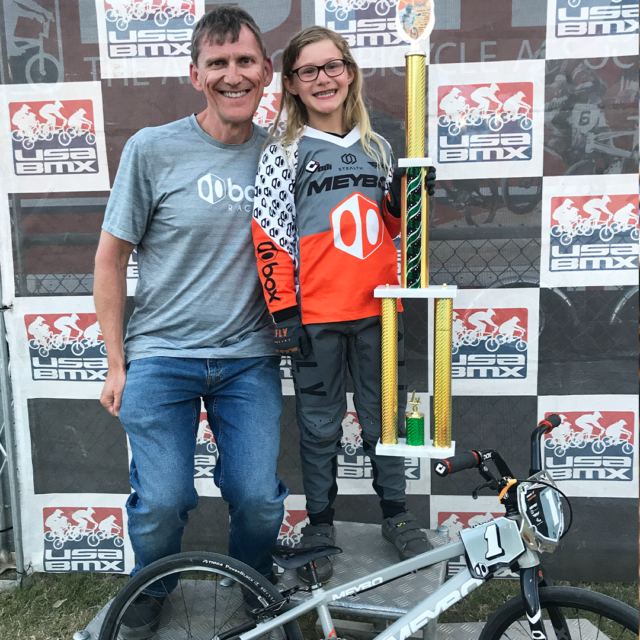
Although there was much blood, sweat, and tears to get to where JT is today, out of the many accomplishments achieved, he shared that he is most proud of the grassroots campaigns he founded to recruit kids into BMX racing. JT finds the process of training and mentoring very rewarding and comments that it’s refreshing seeing kids post old photos today, thanking him for being a mentor in their successes which included many trophies and good results. JT sees racing as a family sport and holds onto the friendships he built along the way.
We asked JT what his most memorable race was and this is what he had to say:
“I have a picture frame on my wall of that day. It was the last race of the season and it was down-pouring for the last few days. Back then, we didn’t have cell phones, only rotary phones and talked to see if we should put on this race or not which was muddy. There was 2 feet of standing water. Because it was so wet and muddy, I went to the old school way of starting with one foot on the pedal and one on the ground rather than the traditional 2 foot on the pedals. As a result, I was ahead of everyone.”
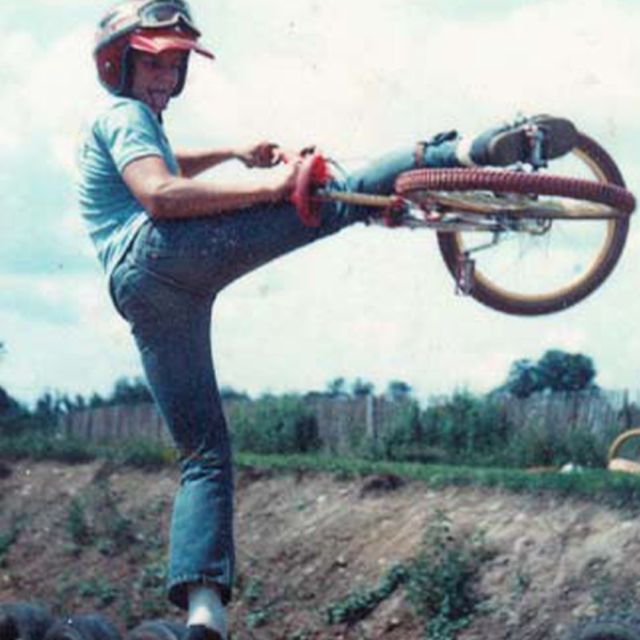
As BMX racing evolved over the past couple of decades, JT has been there from the very beginning to witness the evolution. “The technology and the rider’s ability has been fascinating,” said JT. Referencing his daughter Jemma, he explains how his 9 year old is racing around the track as fast as a 12 year old, thanks to the new technology, rider ability, and evolution of mentorship.
JT also shared how multifaceted it is today compared to the retro days. As a start, his idea is to put the training plan together with a positive attitude, but there’s so much that goes into training compared to back then. BMX today has become really competitive. JT has also witnessed how the BMX racing tracks have changed over the years such as switching from rocky dirt to Soiltac with blacktop corners and large concrete starting hills, pedals vs. being clipped in, and track maintenance. When a kid falls on these harder surfaces (concrete), the damage is much more severe and the recovery time can take a toll. As a result, he prefers dirt tracks to be well maintained in order to keep kids safer while still experiencing the same joy that goes into BMX racing. Unfortunately, that’s not always the case.
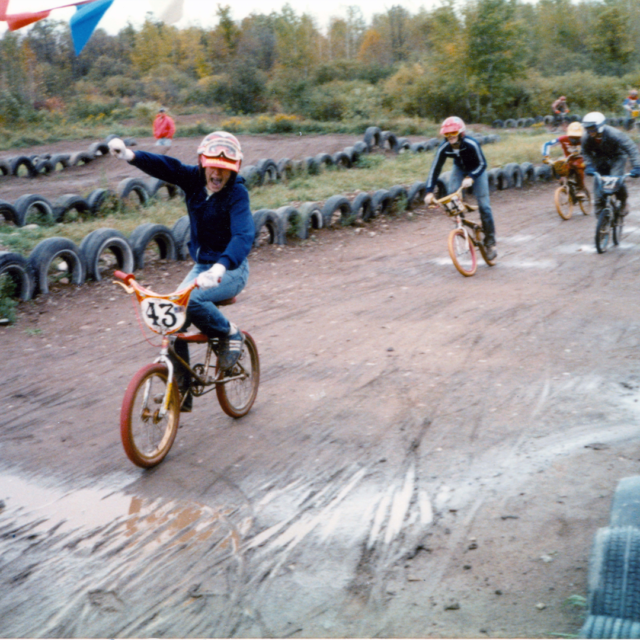
As a man today with much BMX experience, JT shares his wisdom and offers advice to young riders, and that is to have a positive mental attitude, accepting that winning isn’t everything, and as long as each rider tries their hardest, results will come.
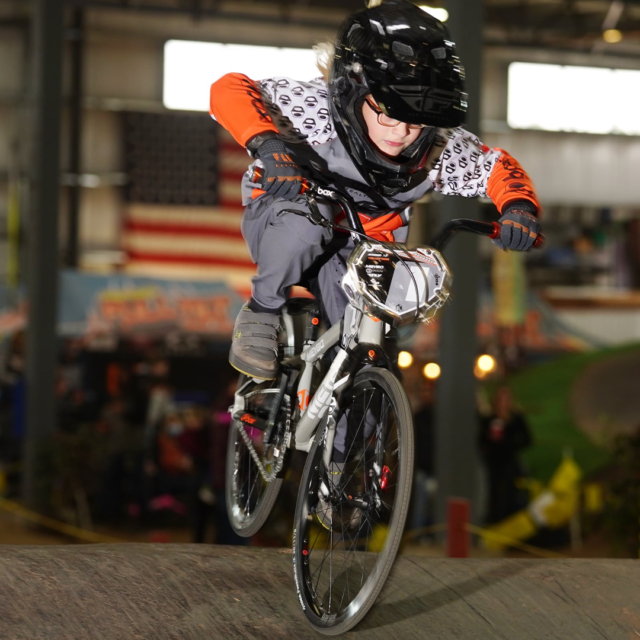
Read more BOX stories and news at boxcomponents.com
Posted in: News




